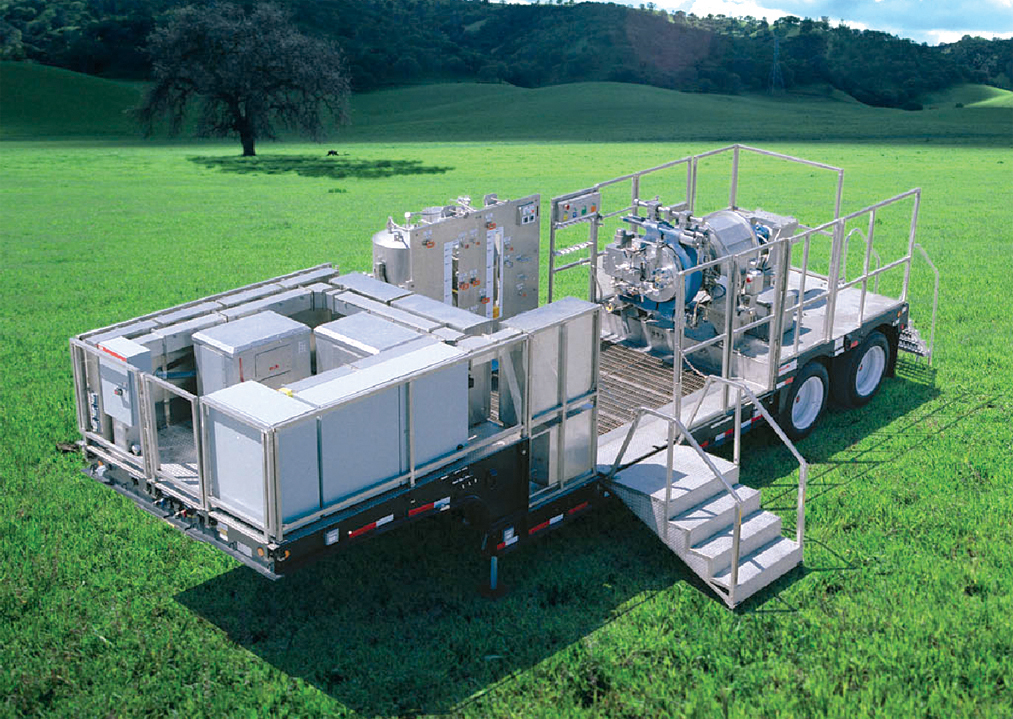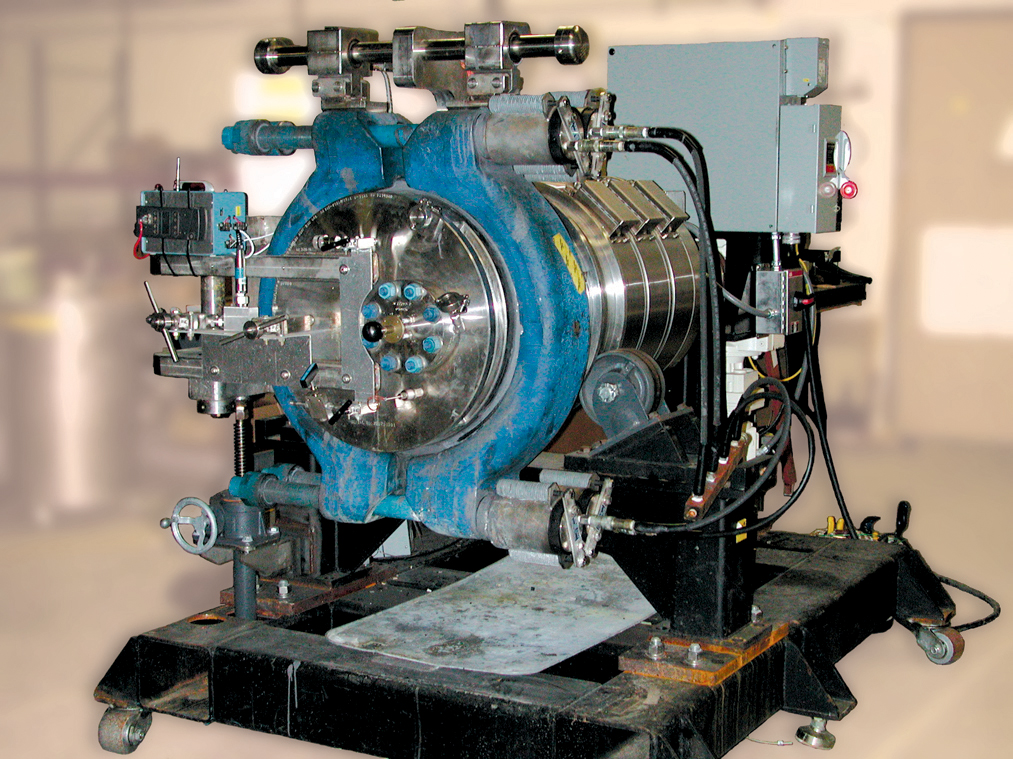New capability may offer applications for homeland security, war theatres

LIVERMORE, Calif. — From the beginning, researchers at the National Nuclear Security Administration’s Sandia National Laboratories, the creators of the Army’s Explosive Destruction System (EDS), suspected the system could, in addition to snuffing out chemical warfare material, treat and destroy biohazards such as those containing anthrax. Such a system could give homeland security personnel a tool for safely neutralizing a dormant terrorist device, or it could be used by the military to remove a land mine or canister shell without having to set off an open-air explosion.
A just-released study at Sandia confirms EDS’s effectiveness against biological agents, bio-contaminated containers, and improvised biological devices. Sandia sponsored the study itself, spending $60K in Laboratory-Directed Research and Development (LDRD) funds over the past year to confirm the capability. The report, says Sandia researchers, augments the system’s already established capability to destroy explosively configured munitions containing chemical agents.
“There’s high value in extending the EDS’ successful track record into other areas — and bio came to mind right away,” said Mary Clare Stoddard, a Sandia manager overseeing the research activity in Livermore. With the BioEDS project, said Stoddard, Sandia’s goal was to generate the data to confirm that this already-robust technology could be readily adapted to destroy a bioagent. Now, noted Stoddard, “that means that should the need arise, a solution stands ready.”

First delivered to the U.S. Army in 1998 and under the sponsorship of the U.S. Army Non-Stockpile Chemical Materiel Project, the EDS is a proven, transportable system that has safely neutralized and discarded recovered chemical warfare material in an environmentally sound manner. It was originally conceived for use with World War I and World War II vintage chemical warfare materials.
In 2000, the EDS was first called to action when it was selected to destroy six sarin-filled nerve agent bomblets found in a pile of scrap metal at Rocky Mountain Arsenal near Denver, Colorado. In 2001, EDS safely destroyed an additional four sarin bomblets at the same site, while the following year it destroyed a 4.2-inch mortar containing phosgene that was found in a farmer’s field in Gadsen, Alabama. The surrounding land was previously used as a former World War II Army training base.
The EDS, which weighs up to 55,000 pounds, mounts on an open flatbed trailer, making it easily transportable for rapid response to emergency recovery sites. Components of the system include:
- A rotating vessel that contains the blast, vapor and fragments generated by the munition treatment process and serves as the container for the chemical neutralizing process
- A system of linear and conical charges to open the munition
- A chemical storage and feed system that supplies reagents and water to the containment vessel
- A waste handling system for draining and storing the treated effluent
The system operates by first explosively opening the casing and deactivating explosives, then neutralizing harmful agents.
The bioagent treatment system for the EDS platform was developed by Sandia, which performed tests with anthrax simulants such as Bacillus thuringiensis and Bacillus stearothermophilus. The test system was operated in steam autoclave, gas fumigation, and liquid decontamination modes of operation. Additional tests with chlorine dioxide and chorine bleach solution were also performed, and the breaking of a glass container was demonstrated to expose the bacterial spores prior to treatment. Each of the three treatment processes used during testing resulted in complete neutralization of the bacterial spores based on no bacterial growth in post-treatment incubations.
Sandia has worked with the Army to build five EDS units, which were originally expected to treat one to two munitions annually (generally aging, unstable recovered munitions). The system’s usefulness and proven effectiveness has expanded demand for its services, resulting in the safe treatment of 228 items to date, with more use envisioned for sites such as Pine Bluff Arsenal in Arkansas, where the EDS was deemed to offer the quickest, safest and most affordable way to dispose of 1,200 non-stockpile munitions.
Sandia originally undertook creation of the EDS system at the request of the U.S. Army after examining a number of alternative approaches. The system, now patented by the Army, married existing technologies in a novel way so that munitions could be destroyed in a self-contained fashion without having to be transported. It offered an alternative to the previously used method of open burn/open detonation.